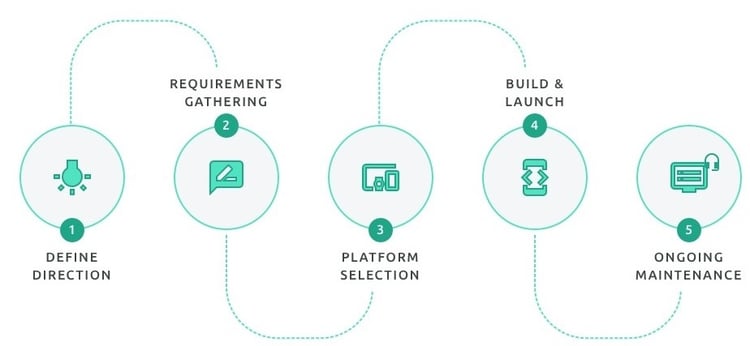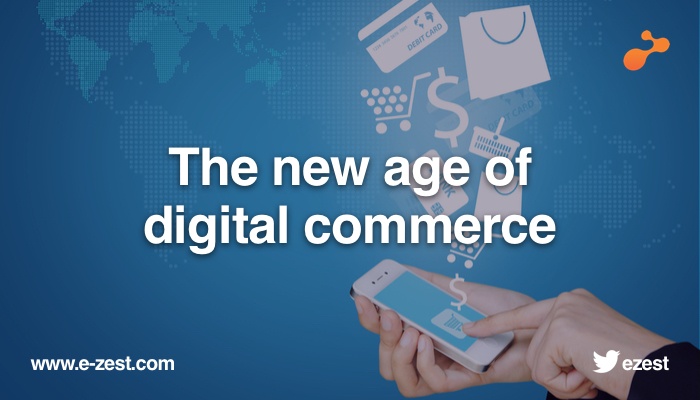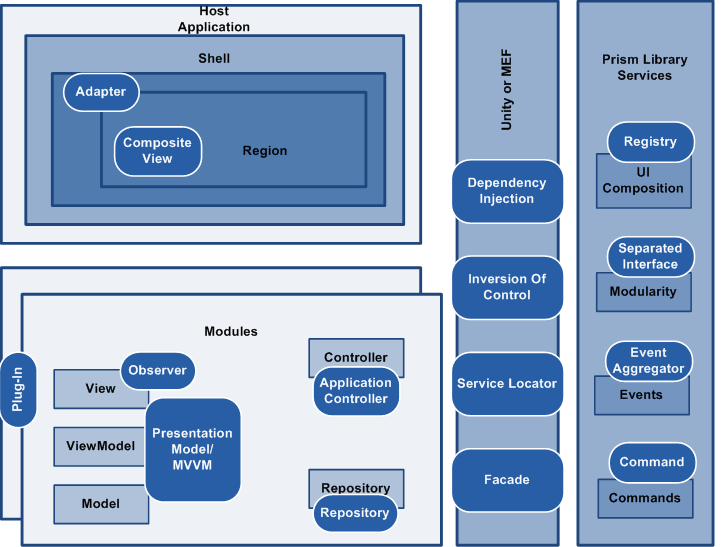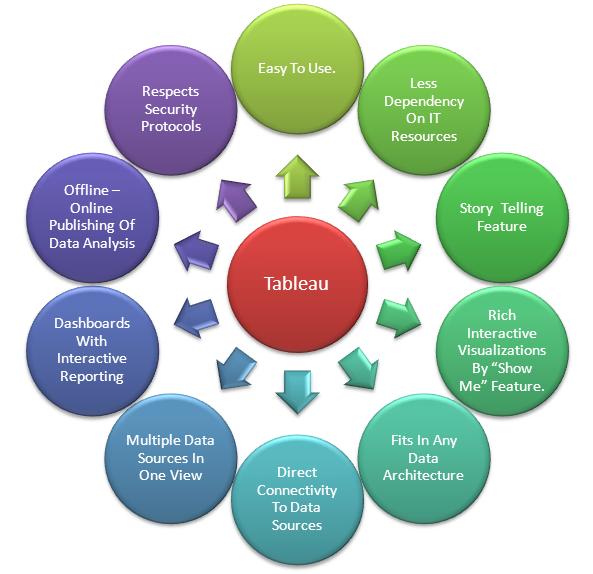As per Forrester research B2B e-Commerce forecast, 2015 to 2020, the share of total B2B sales will rise from 8.5% in 2014 to 12.1 % in 2020. Many enterprises are planning to take their brick and mortar shops online across industries. And goal cannot be achieved just by going online, what is required in today’s customer centric world, is to create a seamless omni-channel experience for their end users. The customer can shop online from a desktop or mobile device, or by telephone, or in a bricks and mortar store, the key is to make the experience seamless.
Below are the steps one should take to launch an e-commerce site:

Step 1: Define Direction/Research
This step defines need, vision and objective of launching an e-commerce site. In this step, one needs to do market research to collect artifacts to convey management for making a big investment. The output of this step should consist of:
- Checklist for need analysis
- Vision
- Objectives
- Identify stakeholders and define goals
Step 2: Requirement Gathering
In this step, you need to gather requirements around below areas:
- Human resources
- Functional requirements
- Nonfunctional requirements including security
- Technical requirements
- Infrastructure requirements
- Customer experience requirements
- Plan and budget for PCI compliance
Step 3: Platform Selection
Once requirements are collected and well documented, next step is to finalize technology platform. There are many platforms/tools/frameworks available for launching B2B and B2C e-commerce sites including Magento, BigCommerce, Shopify, Zencart, WooCommerce etc.
You need to map your requirement with off the shelf available frameworks. Create a matrix including below parameters and then based on it, finalize the platform.
- Out of box features Vs customization need
- Cost
- Scalability
- Control over customer experience
Step 4: Build and Launch
This is step where you will build your e-commerce system yourself or you can outsource it. This will consist of:
- UX Design – Information architecture, wireframes, visual strategy, visual designs
- UI design
- System architecture design
- Database design
- Coding/Customization
- Testing
Adopt DevOps principles, practices and methodologies across software development and operational teams to rapidly deliver new services to customers and gain competitive advantage in the relative market with innovation and continuous delivery.
Step 5: Ongoing Support
This stage follows the deployment of the application and the handover from the project team to the support and operations teams. Few of objectives of this phase are:
- Ensuring the availability of the application as agreed upon in the service level
- Agreements (SLAs) between the end customer and application support team/operations and hosting team
- Bug fixing
- Proactive maintenance
- Define and prioritize site updates
- Patch updates
- Content update
- Reporting on encountered the commerce platform malfunctions and their resolutions
- Build/ Code-merge process finalization and automation
- Fix the webshop performance issues in catalog browse and order placement
- Shorten the release cycle by reducing the release overheads (PCI checks, code merge overheads, testing overheads after each code merge step)
- Test-automation for the sanity test for at least 10% of the critical functionality
- Continuous integration
- Maintaining system configuration and related documentation
- Disaster recovery management
- Performance monitoring
- Log management








